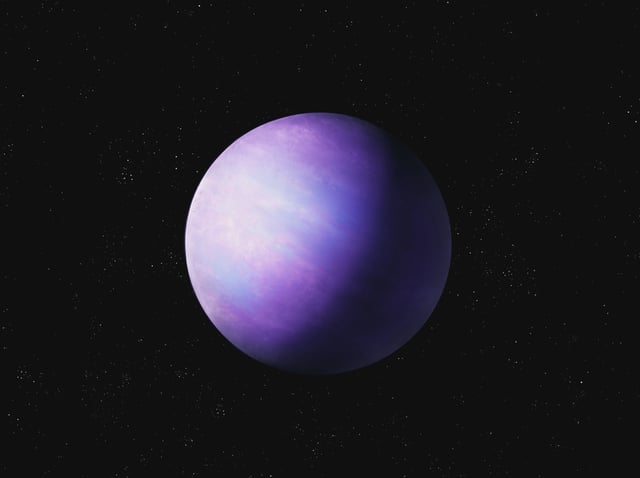Overview
- Astrobiologists are shifting focus to purple bacteria as potential biosignatures for life on exoplanets, given their ability to thrive in diverse environments.
- Research indicates that these bacteria could dominate Earth-like planets orbiting red dwarf stars, the most common star type in our galaxy.
- Purple bacteria utilize a simpler form of photosynthesis, absorbing infrared light and not producing oxygen, making them suitable for low-light conditions.
- Future telescopes could detect 'light fingerprints' of purple bacteria, aiding in the search for extraterrestrial life.
- Scientists advocate for a comprehensive database of life signs to ensure that diverse forms of life are not overlooked.



